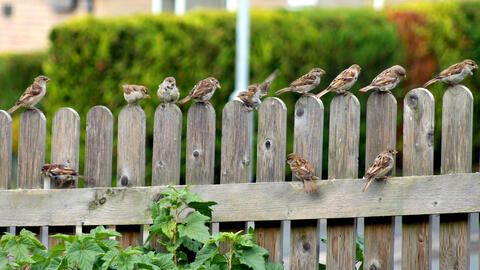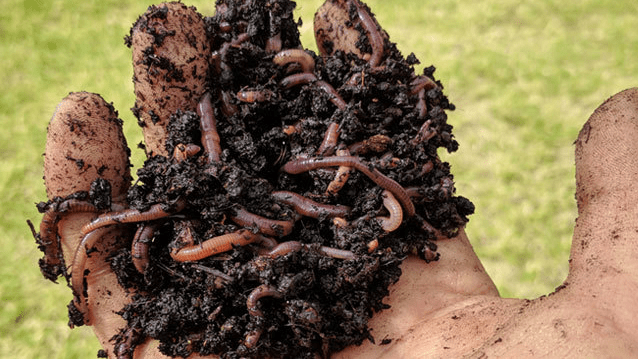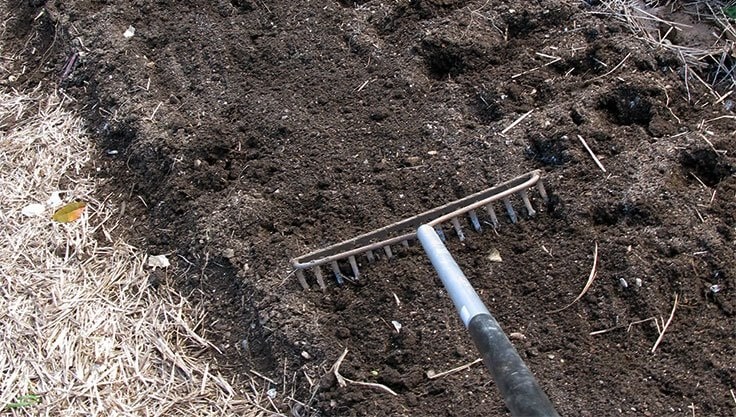The box tree moth has become a growing problem for gardeners across Europe. However, there are effective and surprisingly simple ways to keep this invasive pest under control. And if all else fails, there are excellent plant alternatives to boxwood that are more resistant and just as visually appealing.
Contents
When Is the Box Tree Moth Active?
From April onwards, as temperatures rise, the box tree moth becomes active again in many gardens. Originally from Asia, this small, inconspicuous moth has been wreaking havoc in gardens for nearly a decade, destroying many beautiful boxwood hedges and topiaries.
While there were few effective countermeasures in the early years, gardeners now have a range of strategies that can significantly reduce infestations.
Expert Advice: How to Spot and Fight the Box Tree Moth
According to plant expert René Wadas, acting quickly is key. In an interview with MEIN SCHÖNER GARTEN, he outlines how to identify an infestation and shares tips on how to effectively get rid of the box tree moth.
1. Encourage Birds in Your Garden

When the pest first spread into Germany via the Upper Rhine Valley, local birds largely ignored it—likely due to the caterpillars’ buildup of bitter or toxic compounds from feeding on boxwood.
However, times have changed: sparrows and other birds now actively feed on the larvae. Sparrows, in particular, form flocks that search out and feed on box tree moth caterpillars, especially when raising chicks who require protein-rich food.
To attract these helpful birds:
- Install special nesting boxes with multiple breeding compartments.
- Provide year-round seed-based bird food.
- Grow seed-producing plants that serve as a natural food source.
This not only promotes bird conservation but also helps you naturally reduce pest populations.
2. Use Black Plastic Sheeting for Heat Treatment
A simple and effective method: cover small boxwood plants or low hedges with black plastic sheeting on a sunny day. The temperature under the cover rises quickly, killing the caterpillars within hours, while the boxwood itself tolerates the heat well—provided the soil is moist.
Note: the moth eggs are more heat-tolerant than larvae, so repeat the treatment after two weeks if needed.
3. Pressure Washer Method
For hedges and larger plants, use a pressure washer:
- Place a plastic sheet or garden fleece under one side of the hedge, weighed down with stones.
- Spray the opposite side of the hedge thoroughly.
- The larvae will be blown out and fall onto the fleece.
- Collect and dispose of the larvae, or offer them to chickens if available.
Be sure to act quickly: box tree moth larvae are highly mobile and will crawl back into the hedge if left unattended.
4. Biological Control with Bacillus thuringiensis (Bt)
An effective organic solution is to treat your plants with Bacillus thuringiensis (Bt), a naturally occurring bacterium that infects and kills many insect larvae, including box tree moths.
For best results:
- Use box tree moth pheromone traps to monitor infestation levels.
- When a spike in moths is detected, spray Bt 7 to 10 days later, when most larvae have hatched and are vulnerable.
- Repeat the spraying after 7–10 days to ensure full control.
This two-step treatment reduces caterpillar populations significantly while being safe for humans, pets, and beneficial insects.
Best Alternatives to Boxwood
Sometimes, the infestation becomes too severe and recurring to manage. In these cases, replacing your boxwood is the better option. Luckily, several low-maintenance, pest-resistant alternatives closely resemble boxwood in shape and density.
Top Boxwood Replacements:
- Japanese Holly (Ilex crenata): A top choice for many gardeners. It has similar small leaves and compact growth, though it prefers slightly acidic, moist soils and thrives best in partial shade.
- ‘Renkes Kleiner Grüner’ Yew: A compact, dense variety of yew that mimics boxwood’s look while being more pest-resistant and long-lived.
- ‘Bloombux’ Rhododendron: A small-leaved, hardy rhododendron hybrid that’s both lime- and heat-tolerant. Keep in mind: for optimal flowering, prune before St. John’s Day (June 24). If you don’t care about the small pinkish blooms, you can prune it at any time.
Conclusion
While the box tree moth can be a persistent garden pest, you don’t have to let it ruin your green oasis. Whether you choose to encourage natural predators, use heat treatments, or opt for biological sprays, there are multiple paths to regaining control. And if needed, alternative plants offer a fresh start without constant pest problems.
With the right approach, your garden can remain healthy, beautiful, and low-maintenance—box tree moth or not.










